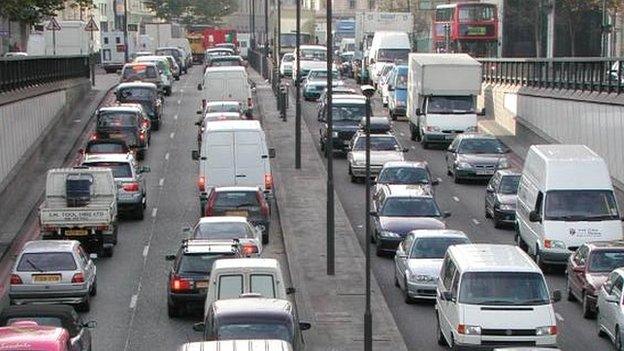Why are London's cabbies getting so angry?
- Published
- comments
If there is one sentiment that is continuous on my Twitter feed it is the anger from some black cab drivers.
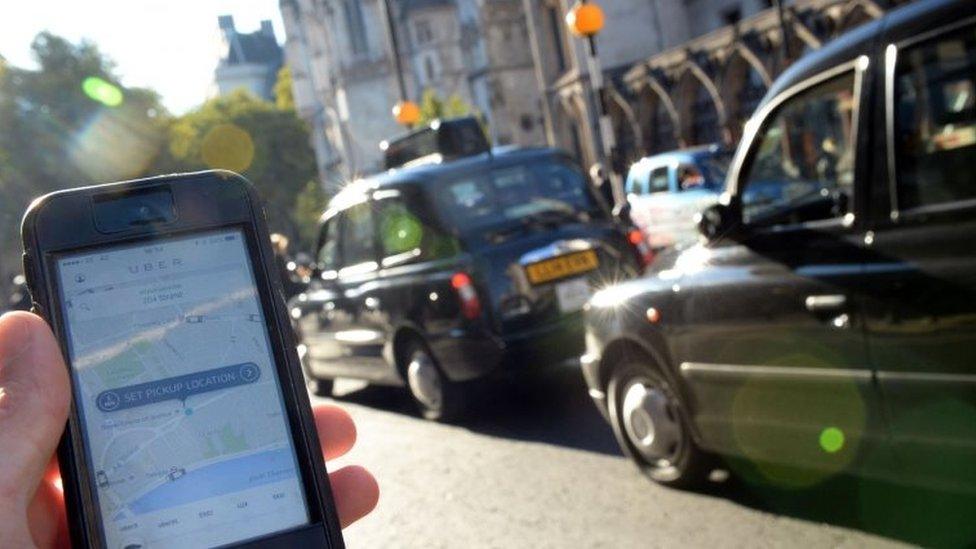
The Uber app has been the focus of complaints, anger and demonstrations from some of the capital's cab drivers
Some of them now say their trade is unviable in the long term.
There is no doubt their hard won, sole right to be hailed and pick up in the street is shrinking and there are many concerns if you drive a black cab.
There are now 90,000 private hire vehicles on the streets and apps like Uber and 'ehailing' by phone means it is easy to find a lift.
Cabbies also say there is a lack of enforcement by Transport for London (TfL) on touts and there are too many road works, with some cabbies complaining the construction of cycle superhighways are contributing to congestion.
Also, new cabs will have to be electric from 2018.
More broadly, cabbies have found themselves isolated politically (even though they do have a representative on the board of TfL) as the trend in cities is to give more space over to pedestrians and cycling.
And it is not party political - a Conservative mayor is doing it as are Tory and Labour councils.
And these changes are not stopping.
The Conservative mayoral hopeful Zac Goldsmith has said he would allow electric cars in bus lanes in which black cabs are allowed to go.
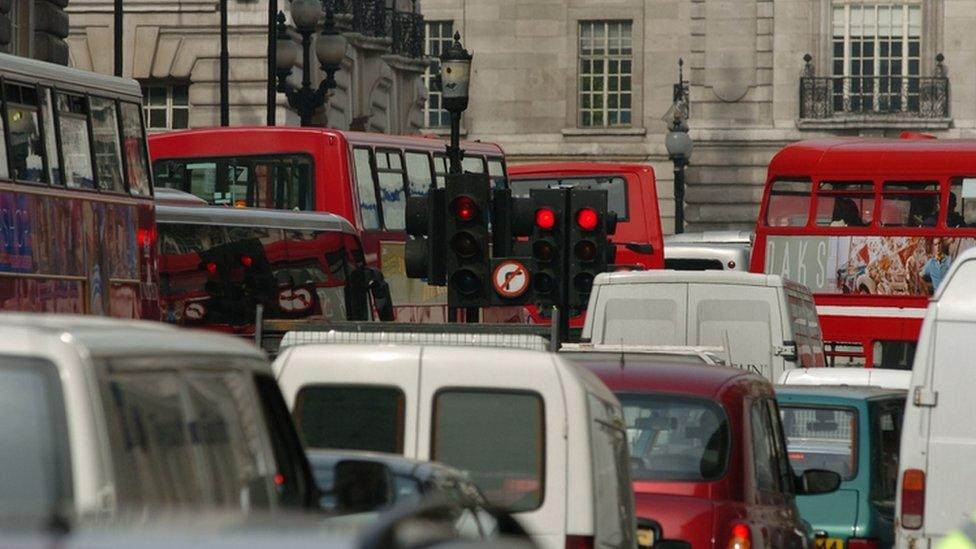
Traffic jams in central London have been getting worse
And more areas of London are being closed to cars and cabs.
City of London has said it will close the notorious Bank junction to all traffic apart from buses and cyclists to make it safer for the 18,000 pedestrians an hour that use it. Tavistock Place is another example.
The rise in cycling and the increase in cycling infrastructure certainly attracts anger from the black cab trade.
On some roads according to the 2013 Central London Cycle Census, cyclists make up 24% of road-based vehicles in the morning peak.
But as well as the rise in cycling, there has also been a big jump in the number of 'white vans'.
According to TfL,25% of peak traffic in London are now vans, and 5% are HGVs.
Also the number of private hire vehicles (PHVs) entering the congestion charge zone has also jumped.
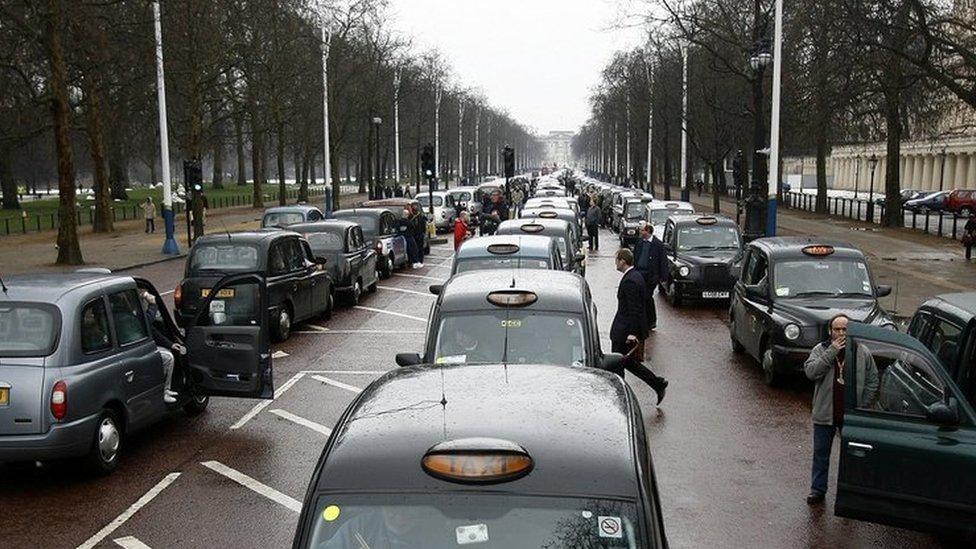
Black cab drivers have held a number of protests in London
There are now 91,465 PHV registered drivers compared to 76,249 at the start of 2014.
TfL predicts it could reach 128,000 by 2017. It also believes about 8% to 10% of vehicles in peak traffic are now PHVs and the mayor thinks it is the private hire cars that are creating the congestion.
London also has a lot of construction sites.
There are big redevelopment projects at Lewisham Gateway, Victoria and Nine Elms. There are road improvements schemes at Aldgate, Shepherd's Bush town centre and Elephant and Castle.
At City Hall congestion is seen as a concern. If you look at the raw data then speeds have dropped.
In the latest Street Performance report it says: "We've seen a significant deterioration in London-wide traffic speeds during observed hours of 07:00 to 19:00. These decreased by 1.0 mph to 17.5 mph compared to Q1 last year, representing a 5.6% reduction."
More worrying for anyone that drives is that the number of trips on the roads is only going one way.

On some roads according to the 2013 Central London Cycle Census, cyclists make up 24% of road-based vehicles in the morning peak
At the moment there are 30 million trips per day on the capital's roads. With population growth TfL predicts there could be an extra five million trips per day. That is a huge challenge.
Transport for London says: "We've got on-street officers to clear obstructions and move unlawfully stopped vehicles.
"We're installing high tech SCOOT traffic control system at 4,000 sites by next spring - these cut congestion by 12% where they operate.
"We're providing up-to-the-minute traffic information to help people avoid hot spots, including via our Twitter feed, which is the largest of its type in Europe.
"Where lanes have been reduced such as on the Embankment, we have looked to remove the central reservation to ensure traffic continues to flow past where a vehicle is broken down.
"We have contingency plans in place, including a rapid response vehicle breakdown service.
"Red routes are constantly monitored from TfL's London Streets Traffic Control Centre, allowing the recovery teams to respond immediately to any incident."
But what about long term? There already has been talk about investment in 'fly-unders'. As yet I've yet to see any funding.
And don't forget London already has a congestion charge (although the zone was reduced by the current mayor).
If congestion keeps increasing will that be increased? That is politically sensitive.
I'm told the authorities are looking at how to reduce freight from rush hour. And charging is not being ruled out.
I'm also told it is looking at charging private hire vehicles (minicabs) to enter the zone - that would be extremely controversial.
- Published2 October 2015
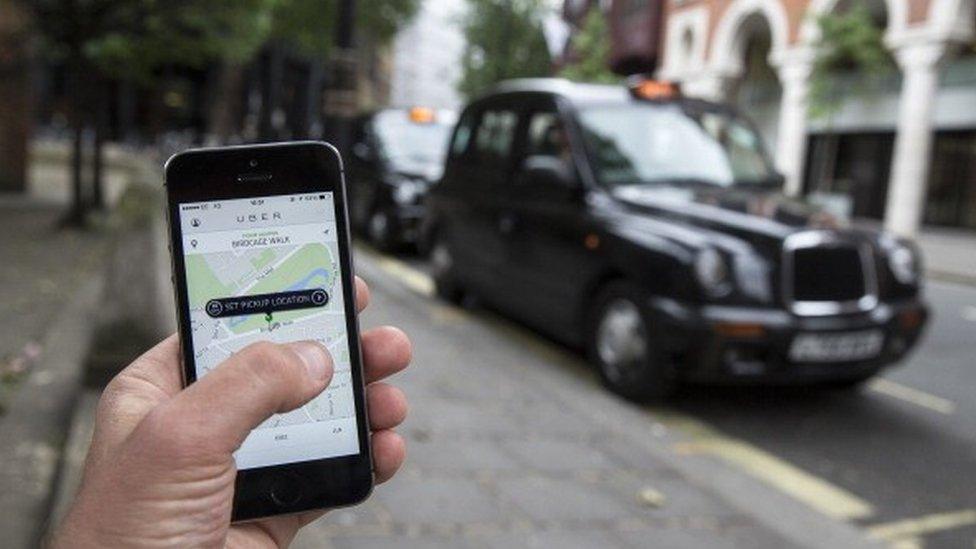
- Published13 November 2015
- Published25 August 2015
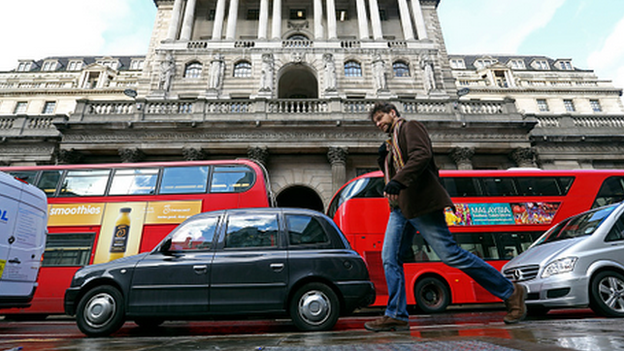
- Published29 April 2015
